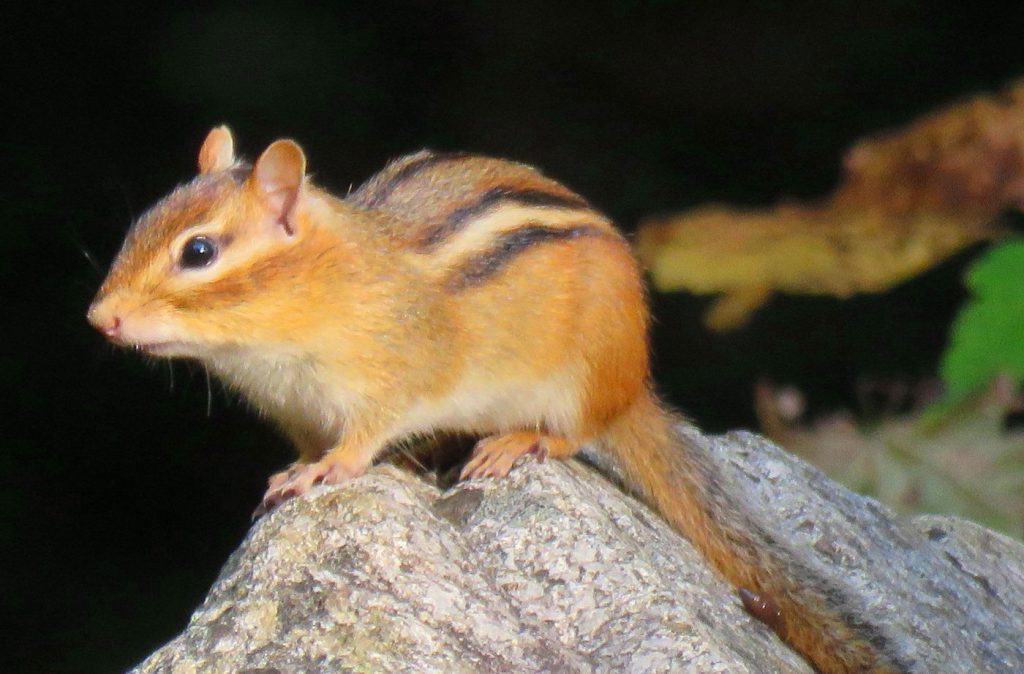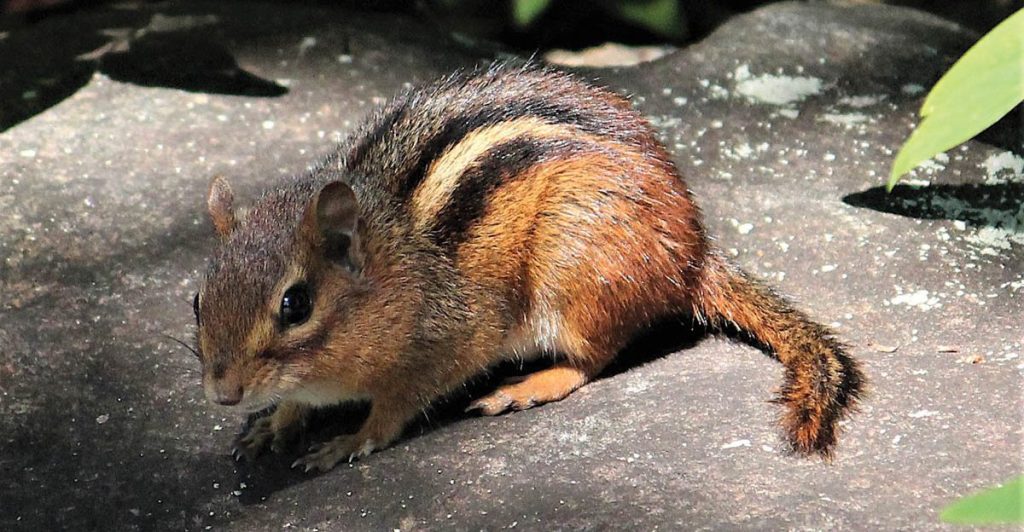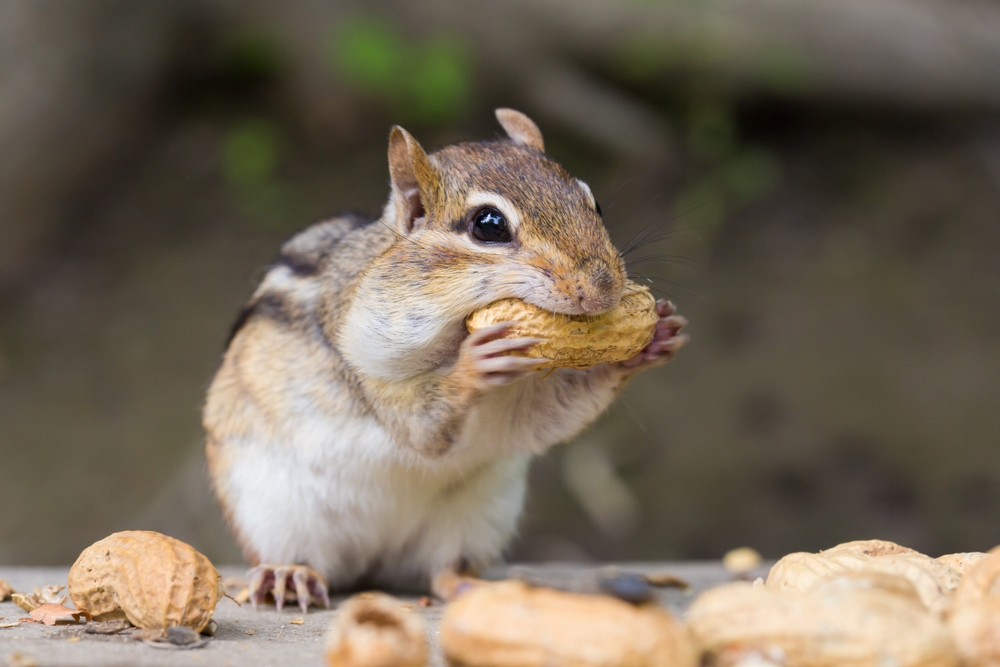Chipmunks are small, furry rodents that are known for their quick movements, striped backs, and cheek pouches. They are found in various parts of North America, Europe, and Asia. These adorable creatures have captured the hearts of many with their playful behavior and charming appearance. One aspect that many people are curious about is the lifespan of chipmunks. In this detailed description, we will explore the lifespan of chipmunks, including factors that influence their lifespan, their life stages, and their ability to adapt to their environment.
The average lifespan of chipmunks in the wild is typically around 2 to 3 years. However, under certain optimal conditions, chipmunks have been known to live up to 8 to 10 years. The lifespan of chipmunks can vary depending on various factors such as the species, genetic factors, environmental conditions, predators, and availability of food and resources.

There are 25 different species of chipmunks, and each species may have slight variations in their lifespan. One of the most common species is the Eastern chipmunk (Tamias striatus), which is found in North America. This species typically has a lifespan of around 2 to 3 years in the wild.
Genetic factors also play a role in the lifespan of chipmunks. Some individuals may be genetically predisposed to live longer or have better health, while others may have genetic factors that contribute to a shorter lifespan. Genetic diversity within the population is important to ensure the overall health and survival of the species.
Environmental conditions can also greatly impact the lifespan of chipmunks. Chipmunks are well-adapted to living in a variety of habitats, including forests, woodlands, and grasslands. They build elaborate burrow systems underground, which provide them with shelter and protection from predators. The availability of suitable habitats and resources, such as food and water, can directly affect their survival and lifespan. Chipmunks living in areas with abundant food resources and fewer predators are more likely to have longer lifespans.

Chipmunks have multiple life stages, starting from birth to adulthood. The reproductive cycle of chipmunks usually begins in early spring, with mating occurring once or twice a year. The gestation period lasts around 30 days, after which a litter of 2 to 8 pups is born. The young chipmunks are born blind, hairless, and completely dependent on their mother for survival. The mother chipmunk diligently cares for her pups, nursing them and teaching them essential survival skills. The young chipmunks stay with their mother for several weeks until they are weaned and capable of venturing out on their own.
Surviving the first year of life is crucial for chipmunks, as they are most vulnerable to predation and other environmental threats during this time. It is estimated that nearly 50% of chipmunks do not survive their first year. Those that do survive this critical period have a higher chance of living longer.
Predators also play a significant role in chipmunk lifespan. Chipmunks are preyed upon by a variety of predators, including birds of prey, snakes, foxes, and weasels. Their excellent burrowing and climbing abilities, along with their quick reflexes and agility, help them evade predators. However, their small size and relatively low defense mechanisms make them vulnerable to predation.
In addition to natural predators, human activities can also impact the lifespan of chipmunks. Habitat destruction, pollution, and climate change can all negatively affect chipmunk populations. Deforestation, for example, can destroy their burrow systems and limit their access to food and shelter. Pollution and changes in climate patterns can disrupt their natural behaviors and reduce the availability of resources.

Despite these challenges, chipmunks are highly adaptable creatures. They have the ability to adjust their behavior and habits in response to changing environments. For example, during times of scarcity, chipmunks will hoard food in their cheek pouches and store it in their burrows for later consumption. This behavior is known as scatter hoarding and helps them survive during periods of food shortage, such as winter.
In conclusion, the lifespan of chipmunks typically ranges from 2 to 3 years in the wild, but can extend up to 8 to 10 years under optimal conditions. Factors such as species, genetics, environmental conditions, predators, and availability of resources all contribute to the lifespan of chipmunks. These small rodents go through various life stages, from birth to adulthood, with the first year being the most critical for survival. Predators and human activities can also impact chipmunk populations and their lifespan. However, chipmunks possess remarkable adaptability, allowing them to adjust their behaviors and survive in a changing environment. Their playful and lively presence continues to captivate and bring joy to those who encounter them in the wild.